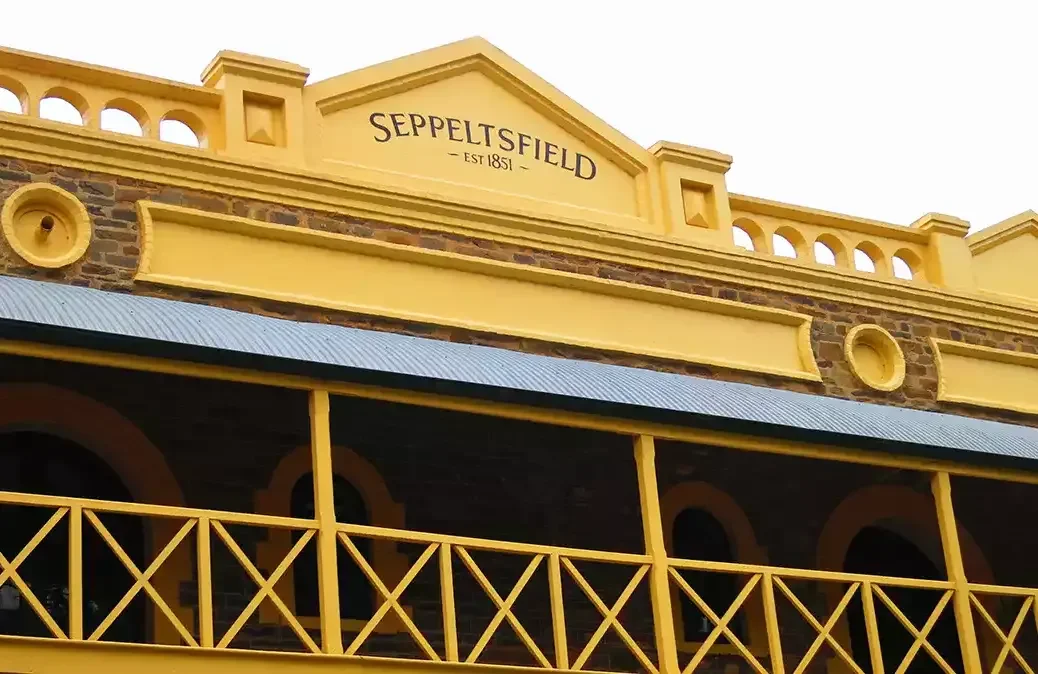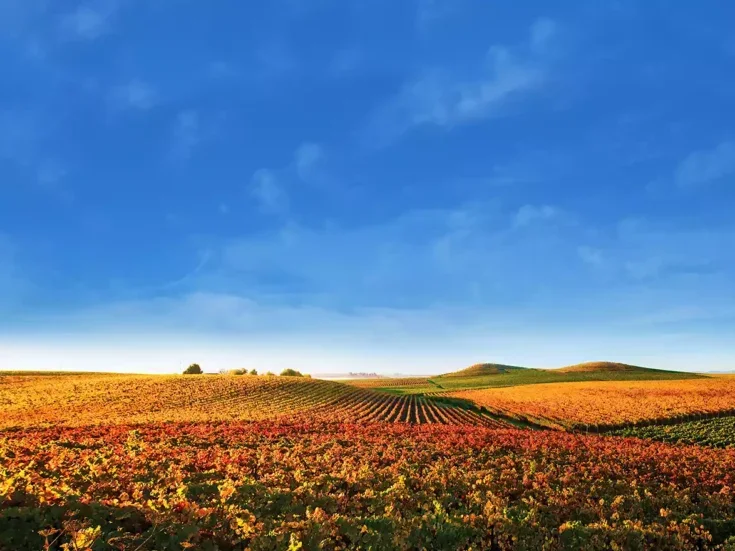
Nick Ryan is enchanted by the astonishingly viscous marvel that is 1924 Seppeltsfield Para Vintage Tawny.
The University of Queensland’s School of Mathematics and Physics is home to the world’s longest-running laboratory experiment. The experiment consists simply of a glass funnel filled with pitch. Pitch is a viscoelastic polymer, a tar-like substance with a viscosity 100 billion times greater than water. At room temperature, it appears, in every way, to be a solid. It can be shattered with a hammer blow. But as the experiment has proven, it is actually the most languid liquid in existence.
In 1927, a Professor Parnell heated a quantity of this dysphoric substance and poured it into a glass funnel with a sealed stem. He gave the pitch three whole years to cool and settle before cutting the stem. Then he waited. And waited. And waited.
It was eight years before the first drop managed to separate itself from the mass. For reasons unrecorded, Professor Parnell missed it. In fact, he never saw a drip in his lifetime. Nor did his successor, a Professor John Mainstone, who supervised the experiment for 52 years without ever witnessing the liberation of a single drop. In fact, not one of the nine drops seduced by gravity since the experiment began has been witnessed in real time.
If you’re wondering where all this going—and it’s a reasonable question to ask—the answer lies in the small glass on my desk as I type. It contains what could well be the second most viscous liquid on earth.
Released earlier this year, the 1924 Seppeltsfield Para Vintage Tawny is the latest instalment of the Barossa Valley estate’s beautifully bonkers commitment to an ambitious idea. Back in 1878, Benno Seppelt, a second-generation Prussian immigrant, was busy turning his family’s failed tobacco farm-turned-wine estate into the largest wine production site in the southern hemisphere.
As part of that mission, he built a grand maturation cellar and decreed a puncheon of the property’s finest Tawny be set aside and only breached on the 100th anniversary of the building’s opening. A gloriously mad idea becomes both more glorious and more mad through repetition, and every year since 1878 the process has been repeated; and every year since 1978, a wine has emerged from that cellar shaking off a century’s slumber.
Seppeltsfield Para Vintage Tawny: A wine demanding contemplation
The 1924 was made from, we suspect, mostly Grenache, with a little Mataro and Shiraz harvested a few weeks after the death of Lenin. At A$1,650 (£850 or US$1,075) for a 10cl bottle it is, by some margin, Australia’s most expensive wine on release. And it’s probably too cheap.
Just think for a minute of the constantly compounding good fortune that needed to shine on that cellar for us to drink these wines. How many times in more than 14 decades did someone ask themselves, “Why are we bothering to do this?’ It’s a financially reckless thing to do, but it is a promise kept to the past, the fulfillment of a vision held by a man who knew he’d never be around to see it, and the unveiling of a wine made by ghosts.
Fiona Donald, the winemaker currently responsible for keeping the lineage alive, talks about making a style of Tawny a lot more open-knit than normal, a wine that allows for the compression that comes with the passing of time. I’ve been lucky enough to taste a good number of these wines over the years—all the way back to the 1878 that started it all—and each time I do, I’m reminded that very few of the usual rules apply.
You don’t really taste these wines. You submit to them. Trying to write tasting notes will turn the precise practitioner florid, while the more poetic pen appears to hallucinate. But if a wine somehow manages to give the impression you’ve fallen into a black hole that has been filled with paneforté and espresso, dried orange peel dipped in chocolate, ecclesiastical smoke, and spice trader’s cellar, then so be it.
For many reasons, this is a wine that demands careful contemplation. Mostly because the physical nature of the liquid demands it. There are continents that move more rapidly than these old Tawnies flow from the glass. They grip the surface of a glass like a potter’s glaze, and no wine on earth has more of its production sucked off an index finger than a hundred-year-old Seppeltsfield Para Vintage Tawny.
These are not just among Australia’s most special wines; they are genuinely part of the world’s vinous patrimony. They tell a story of European ambition in a brave new world, and a tale of how perseverance, diligence, and just a little belligerence have kept them safe.
And they make pretty good birth-year wines, too. ▉






